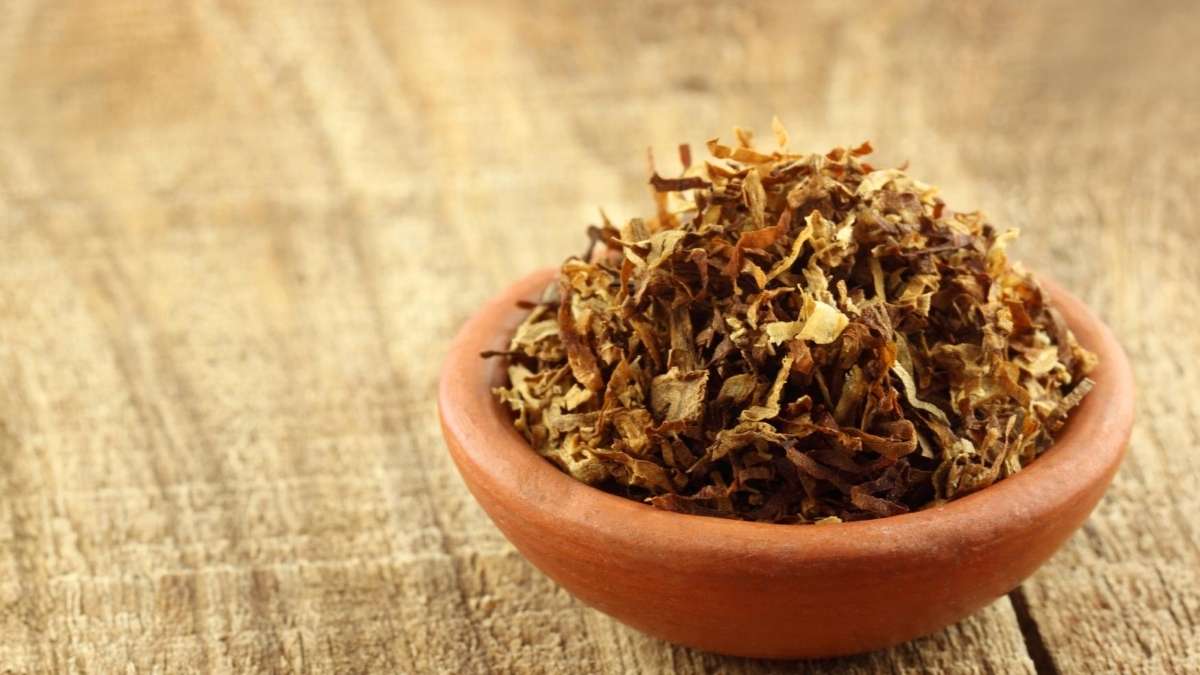Introduction
Grabba tobacco has been an integral part of Caribbean culture for centuries, and its history is as rich and diverse as the region itself. In this article, we will delve into the fascinating world of Grabba tobacco and explore its historical roots, cultural significance, and the various ways in which it has been used throughout the Caribbean.
The Origins of Grabba Tobacco
Tobacco in the Pre-Columbian Era
Tobacco has been cultivated and consumed in the Americas for thousands of years, long before the arrival of European settlers. The indigenous peoples of the Caribbean and the surrounding regions used tobacco for various purposes, including medicinal, ceremonial, and recreational.
The Arrival of Europeans and the Spread of Tobacco
When Christopher Columbus first landed in the Caribbean in 1492, he encountered indigenous peoples using tobacco, and soon after, the plant was introduced to Europe. Tobacco quickly gained popularity in Europe, and its cultivation and consumption spread throughout the European colonies in the Americas.
The Evolution of Grabba Tobacco
The Development of the Grabba Leaf
Grabba Leaf is made from the natural, unprocessed leaves of the tobacco plant, which are traditionally air-cured and sun-dried. Over time, the people of the Caribbean developed unique methods for processing and preparing the tobacco leaves, which led to the creation of the distinct product known today as Grabba.
Grabba and the Caribbean’s Cultural Identity
As Grabba tobacco became increasingly popular throughout the Caribbean, it also became an important part of the region’s cultural identity. It was often used during social gatherings, and its consumption became a symbol of camaraderie and hospitality among friends and family.
The Various Uses of Grabba Tobacco
Smoking Grabba
One of the most popular ways to consume Grabba tobacco is by smoking it, either in the form of hand-rolled cigarettes or in combination with other smoking products like marijuana. The unique flavor and aroma of Grabba tobacco make it a sought-after addition to smoking experiences.
Grabba in Traditional Medicine
Throughout history, the indigenous peoples of the Caribbean have used Grabba tobacco for its medicinal properties. The plant was believed to have various healing powers, and it was often incorporated into traditional remedies for ailments like colds, toothaches, and digestive issues.
Grabba in Spiritual and Ceremonial Practices
Grabba tobacco has also played a significant role in the spiritual and ceremonial practices of the Caribbean people. The plant was considered to possess powerful spiritual properties, and its smoke was believed to carry prayers and messages to the heavens.
The Modern Popularity of Grabba Tobacco
The Globalization of Grabba
In recent years, Grabba tobacco has gained popularity beyond the Caribbean, with its unique flavor and natural qualities attracting smokers worldwide. This has led to an increase in demand for Grabba leaves and a growing market for the product.
The Debate Around Grabba and Health
As with any tobacco product, there are ongoing debates about the health risks associated with Grabba consumption. Advocates argue that its natural, unprocessed state makes it less harmful than other tobacco products. While opponents warn of the potential dangers of tobacco use in any form.
Conclusion
The history and cultural significance of Grabba tobacco in the Caribbean are deeply intertwined with the region’s identity and traditions. From its ancient origins to its modern-day popularity. Grabba has played a unique role in shaping the Caribbean’s social, medicinal, and spiritual practices. As the global interest in Grabba tobacco continues to grow, it’s essential to understand. And appreciate the rich history and cultural context that have made this distinctive tobacco product such a vital part of Caribbean life.
